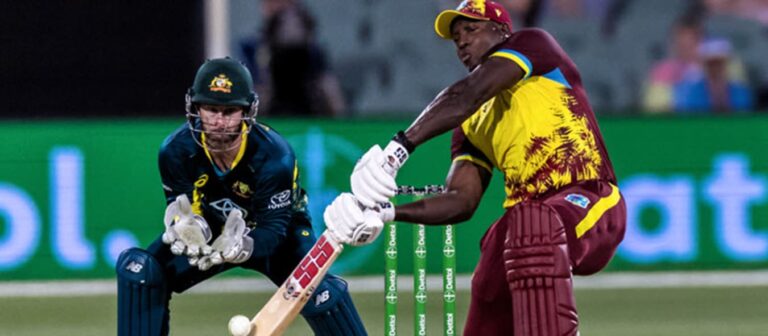Designing Fitness Programs for Cricket Wicketkeepers
lotusbook365, welcome to play99exch, allpannel:Designing fitness programs for cricket wicketkeepers is essential to ensure they have the strength, agility, and endurance to excel in this demanding position. Wicketkeeping requires the ability to squat for long periods, explosive power to dive for catches, and quick reflexes to react to fast-paced deliveries. With the right training regimen, wicketkeepers can improve their performance on the field and reduce the risk of injury.
Here are some key factors to consider when designing a fitness program for cricket wicketkeepers:
1. Assessing the wicketkeeper’s current fitness level
Before designing a fitness program, it’s important to assess the wicketkeeper’s current fitness level. This could include testing their strength, flexibility, agility, and cardiovascular endurance. Understanding their strengths and weaknesses will help tailor a program that addresses their specific needs.
2. Improving strength and power
Strength and power are crucial for wicketkeepers to be able to react quickly to balls and make agile movements. Exercises such as squats, lunges, and plyometric drills can help improve lower body strength and power. Upper body exercises like push-ups and pull-ups can enhance arm strength for catching and throwing.
3. Enhancing agility and speed
Wicketkeepers need to be agile and quick on their feet to move swiftly between the stumps and react to fast deliveries. Agility ladder drills, cone drills, and shuttle runs can help improve footwork and speed. Incorporating sprint intervals into training can also boost cardiovascular endurance.
4. Working on flexibility and mobility
Flexibility and mobility are essential for wicketkeepers to be able to move freely and prevent injuries. Regular stretching exercises targeting the hips, hamstrings, shoulders, and back can help improve flexibility and range of motion.
5. Training hand-eye coordination
Hand-eye coordination is critical for wicketkeepers to track the ball and make successful catches. Practicing catching drills, using reaction balls, and incorporating visual training exercises can help enhance hand-eye coordination.
6. Balancing strength and endurance
Wicketkeeping requires a combination of strength and endurance to sustain performance throughout a match. It’s important to incorporate both strength training and cardiovascular exercises into the fitness program to build muscular endurance and stamina.
FAQs:
Q: How often should a wicketkeeper train?
A: Ideally, wicketkeepers should aim to train at least 3-4 times a week, with a mix of strength, agility, and endurance exercises.
Q: Should wicketkeepers focus solely on cricket-specific training?
A: While cricket-specific training is important, incorporating a variety of exercises to improve overall fitness can benefit wicketkeepers in the long run.
Q: Can wicketkeepers benefit from working with a fitness coach?
A: Yes, working with a fitness coach can help wicketkeepers design a customized training program tailored to their specific needs and goals.
In conclusion, designing a well-rounded fitness program for cricket wicketkeepers is crucial for enhancing performance and reducing the risk of injury. By focusing on strength, agility, speed, flexibility, and hand-eye coordination, wicketkeepers can improve their skills and excel in this challenging position.







